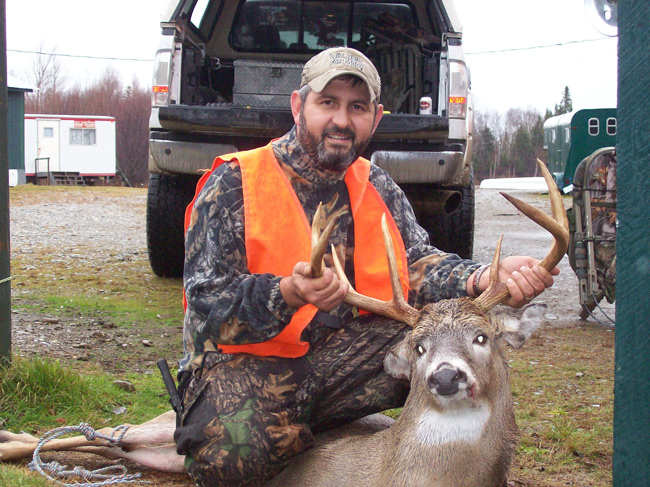

Of course, impartial experts will be needed to ensure that overpopulation is indeed the case before culling should occur. If brush management is needed to improve environments for deer, and it’s not done in the right way, deer populations will suffer.Ĭulling may be necessary in some circumstances if there is overpopulation of deer. Some experts refer to this as “axe,” as cutting is needed to manage and control brush. Let’s take a look at some of the methods of improving deer habitats: Deer Habitat Improvement Methodsīrush management is a way of improving deer habitats. Some causes of degradation of deer habitat include many kinds of human land-use and exploitation, including harvesting timber, ranching, and improper agricultural practices. Like other deer species, white-tailed deer also require adequate cover and concealment, to help hide them from predators. When it comes to white-tailed deer management, this species must have two main kinds of food: forbs (this includes weeds the deer find palatable) and different kinds of browse. An example is how people living in areas habituated by white-tailed deer may make adjustments to help the habitat of that species. We must use techniques of deer habitat management in order to keep deer populations healthy and thriving. What is Deer Habitat Improvement or Management? That is because in that season, there are fewer forbs available.

And in the winter, about 46 percent of a deer’s diet is made up of forbs. Come fall, about 69 percent of deer’s food should be forbs. In the summer, these types of plants make up about 81 percent of a typical white tailed deer’s diet. In the spring, deer tend to make forbs around 66 percent of their diets. Of course, there must also be a substantial water source as well.ĭeer should be able to find water to drink at around each mile that they travel. Fresh Water is Another Requirement for Good Deer Habitat There must be a sufficient number of woody plants that will give the deer concealment, shelter, and food, but if the forest doesn’t supply sufficient leafy vegetation, you may see deer venturing out to neighboring grasslands. Forbs often offer a higher level of protein and are often easier to digest than some other kinds of vegetation. Many forbs tend to be the most significant kinds of plants that deer eat. There are several forb species that many people refer to as weeds, but to a deer these leafy plants are a key part of their diet.ĭeer usually gravitate to specific kinds of forbs instead of most kinds of grasses and woody plants. This category covers the most significant species of flowering plants. A forb is a flowering plant with broad leaves and soft stems. Deer must have a diverse selection of woody plants and forbs. The forested areas that many deer inhabit should have rich soils that are able to grow the right kinds of foods for deer. In order for a deer to do well and thrive, it needs cover and food from plants all year round, and they should be high-quality. The Importance of Cover for Deer to Thriveĭeer also use plants to give them concealment, to help them hide from predators. Male deer need foods higher in nutrition when growing antlers, and female deer need more nutrition when pregnant or nursing their babies (fawns). For example in the fall deer will consume mast such as fallen apples, acorns, and other nuts. Deer Nutritional Needs Shift Season-to-SeasonĬertain kinds of vegetation are used by deer in just one season, or even just part of a specific season. After all, deer need different kinds of plants to cover their nutritional requirements and keep their digestive system in balance. There should also be an excellent level of diversity in the kinds of plants available. This makes the entire area an excellent habitat for deer. In whatever area a deer lives, it will more likely thrive if the foods it needs are well spread out over the entire area. In each of these plant categories, specific plant species are better for deer than many others. What Makes Good Deer Habitat?Ī high-quality habitat for deer will offer a combination of grasses, forbs, shrubs, vines, trees, and other plants such as sedges and fungi. Deer are intelligent to understand that the nutritional needs they have changes with the seasons and where they are in their annual reproductive cycle. Part of the deer’s adaptability is how they’re able to decide whether they should eat something depending on where they are and the time of year. They can sense the nutrition they need, and they can get a sense of whether the vegetation before them is good for them. Fortunately, deer are able to recognize which kinds of vegetation are best for them.


 0 kommentar(er)
0 kommentar(er)
